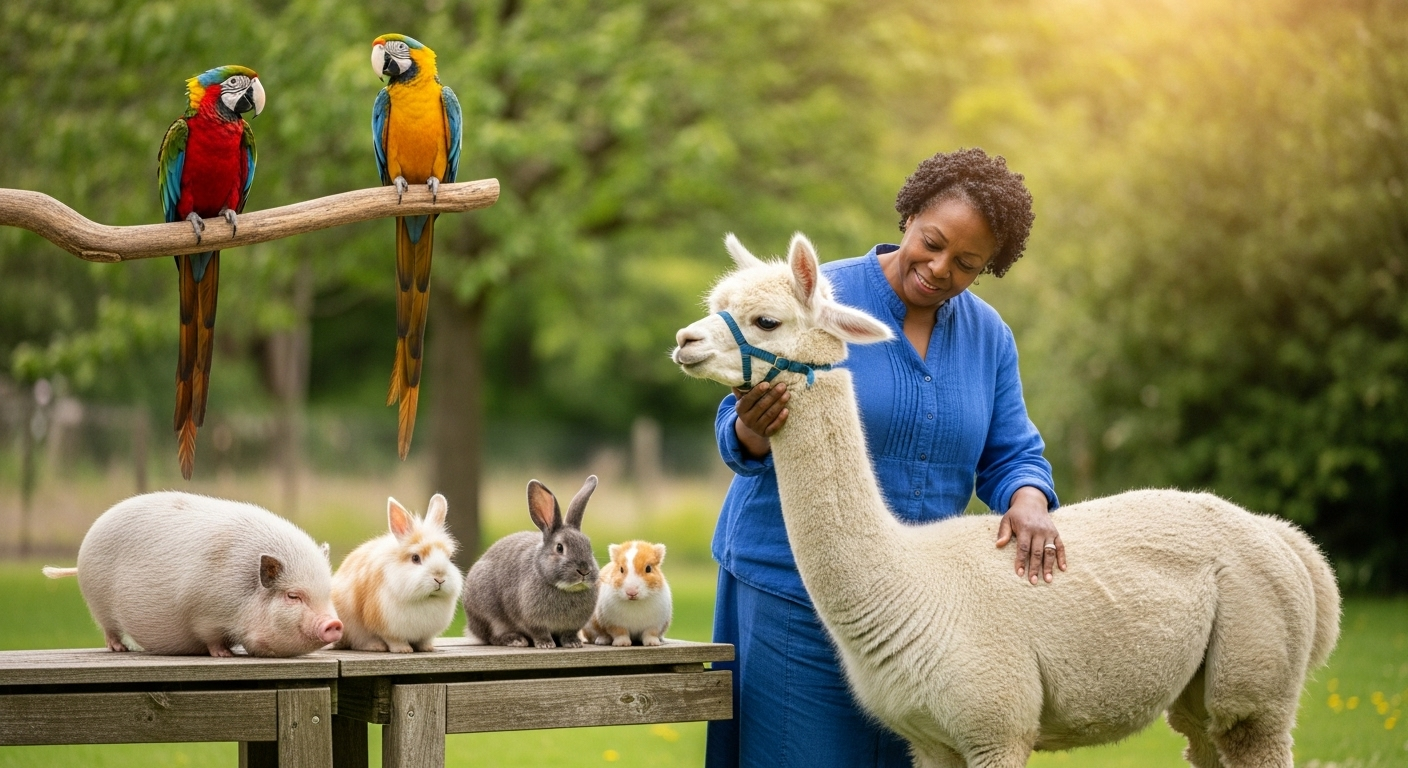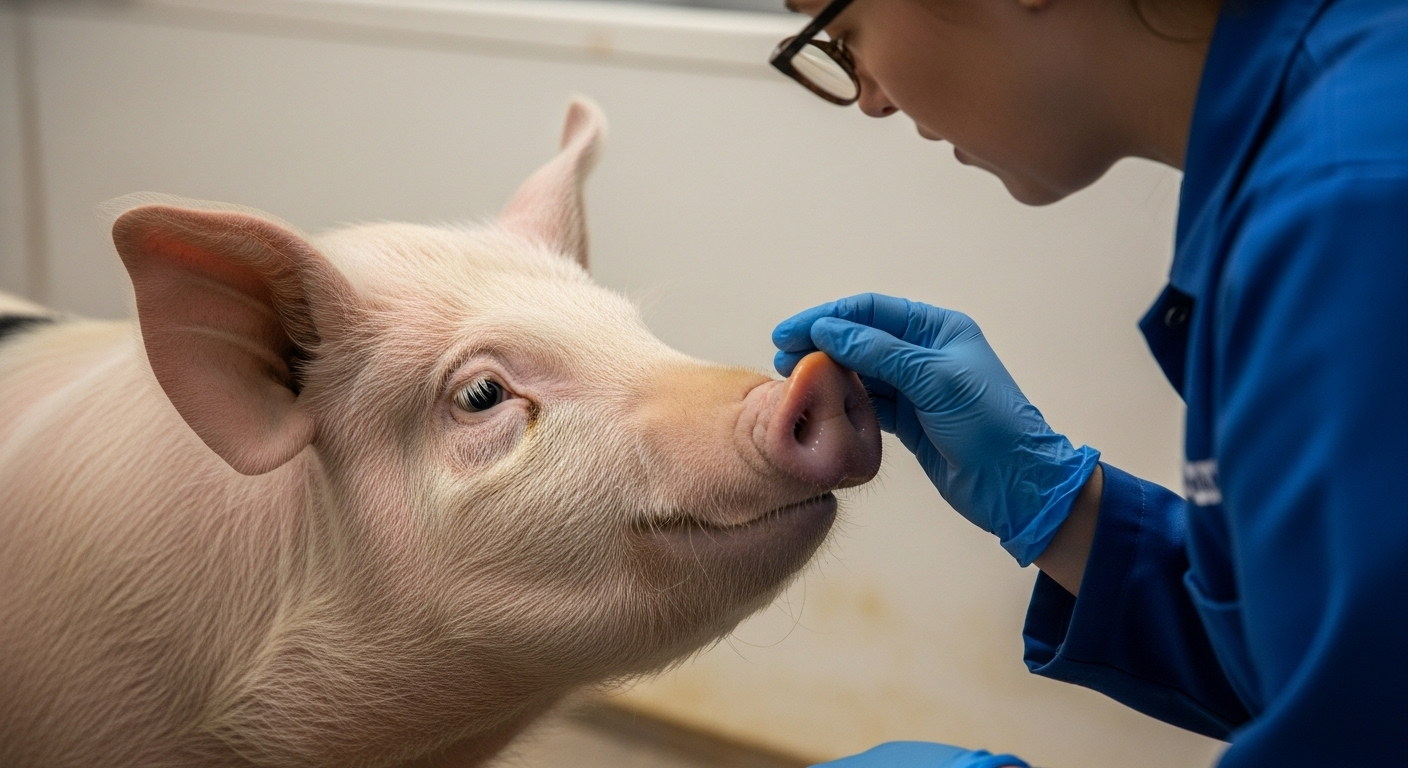The Remarkable World of Therapy Animals: Beyond Dogs and Cats
In an era where mental health is gaining much-needed attention, therapy animals have emerged as comforting companions. While dogs and cats are frequently recognized, the animal kingdom presents a multitude of other species offering therapeutic benefits. Dive into the fascinating world of therapy animals beyond our beloved dogs and cats.

The Historical Context of Therapy Animals
The utilization of animals for therapeutic purposes isn’t a novel concept. Historical records trace the therapeutic use of animals back to ancient Greece, where horses were used to lift the spirits of the ill. In the 19th century, Florence Nightingale noted that a small pet could be an excellent companion for the sick, reducing their levels of anxiety and distress.
Therapeutic Impact of Unconventional Therapy Animals
While dogs and cats remain the most common therapy animals, there’s a diverse range of species utilized for their therapeutic benefits. For instance, horses and dolphins have been used in therapy for decades. Equine therapy, also known as hippotherapy, utilizes horses to help people with a variety of mental health and developmental issues. Dolphins, with their high intelligence and sociability, have also proven beneficial in therapy, particularly for children with disabilities.
Miniature pigs, with their high intelligence and cleanliness, are increasingly being used as therapy animals. In 2019, San Francisco International Airport introduced LiLou, a therapy pig, to help calm anxious travelers. Similarly, rabbits and guinea pigs are used in schools and nursing homes due to their gentle and calm nature.
Current Trends and News
The use of unconventional therapy animals has seen a rise in recent years. Alpacas and llamas, known for their calm and friendly demeanor, are now being used as therapy animals. They are particularly effective in nursing homes and hospitals, where their soft fur and gentle nature provide comfort to patients.
Birds, particularly parrots, are seeing increased use in therapy due to their high intelligence and ability to mimic human speech. In 2020, a study published in the American Journal of Geriatric Psychiatry reported that interaction with parrots markedly improved mood and social interaction in older adults suffering from depression, loneliness, and stress.
Economic Impact and Price Range
The therapy animal industry has seen significant growth, with the global animal-assisted therapy market valued at USD 312.7 million in 2020 and expected to grow at a compound annual growth rate (CAGR) of 5.9% from 2021 to 2028. The price range for therapy animals varies greatly depending on the species, with costs covering the animal’s purchase, training, certification, and ongoing care.
Conclusion
The world of therapy animals extends far beyond dogs and cats. As we continue to explore and understand the therapeutic benefits of different species, we can look forward to a future where therapy animals of all kinds have a place in enhancing human health and well-being.



